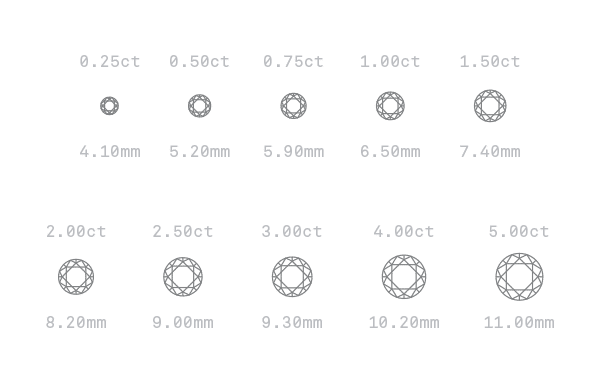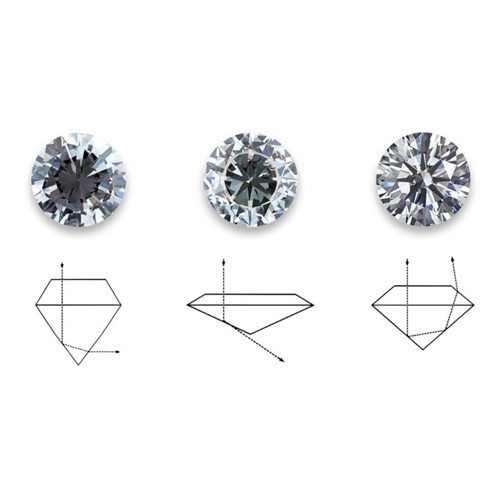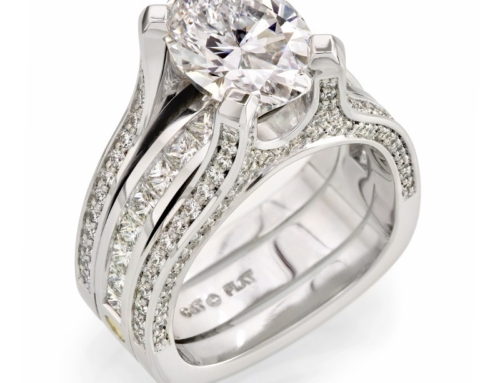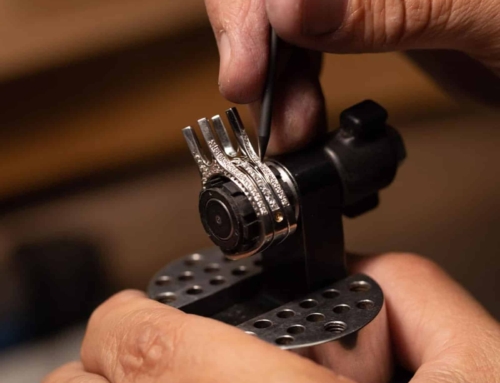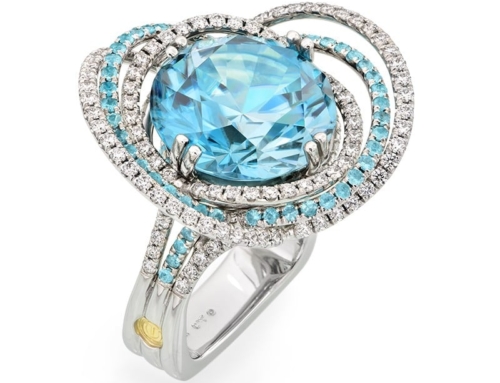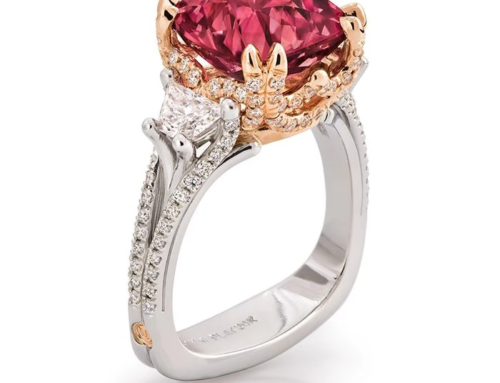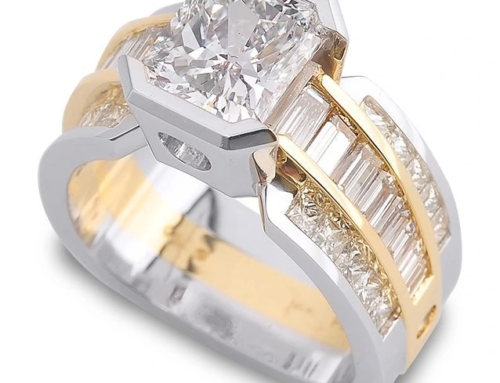Frequently Asked Questions
What is diamond grading chart?
The diamond grading chart is a tool that outlines the criteria used to evaluate a diamond's quality, including factors like carat weight, cut, color, and clarity. This guide helps buyers understand the value and characteristics of diamonds before making a purchase.
How does diamond grading work?
Diamond grading works by evaluating the four essential attributes known as the "Four Cs": cut, color, clarity, and carat weight. Each factor is assessed to determine the overall quality and value of the diamond.
What diamond grade should I buy?
The diamond grade you should buy depends on your budget and preferences, but generally, aim for diamonds graded between G and I for a balance of quality and value while maintaining a beautiful appearance.
What diamond grade is the best?
The best diamond grade is typically considered to be "D," which denotes a colorless diamond with exceptional clarity and brilliance. Such diamonds are highly sought after for their pristine quality and beauty.
How diamonds are graded?
Diamonds are graded based on the 4 Cs: Carat weight, Cut, Color, and Clarity. These criteria evaluate the diamond's quality, affecting its appearance and value, allowing buyers to make informed purchasing decisions.
What factors influence diamond grading?
The factors that influence diamond grading include the Four Cs: cut, color, clarity, and carat weight. Each of these elements contributes to a diamond's overall quality, appearance, and value, guiding informed purchasing decisions.
How to read a diamond grading chart?
Reading a diamond grading chart involves understanding the four Cs—cut, color, clarity, and carat weight. Each category contains specific criteria that determine the diamond’s quality and value, helping buyers make informed decisions.
What are the steps in diamond grading?
The steps in diamond grading include evaluating the four key factors: Carat (size), Cut (quality of the cut), Color (whiteness), and Clarity (flaws), to determine the overall quality and value of the diamond.
Which diamond grade offers the best value?
The diamond grade that offers the best value typically falls in the G to I range, balancing quality and price. These grades appear visually similar to higher grades but come at a more affordable cost, making them excellent choices for buyers.
How does clarity affect diamond grading?
Clarity significantly affects diamond grading. It refers to the presence of internal or external imperfections, known as inclusions and blemishes, which can impact the stone's brilliance, value, and overall appearance. Higher clarity usually results in a more valuable diamond.
What is the significance of diamond cut?
The significance of diamond cut lies in its impact on a diamond's brilliance and overall aesthetic appeal. A well-executed cut enhances light performance, making the diamond appear more vibrant and full of life, ultimately influencing its value.
What grading scales are used in diamonds?
The grading scales used in diamonds include the Gemological Institute of America (GIA) scale, which evaluates diamonds based on the Four Cs: cut, color, clarity, and carat weight, providing a standardized assessment of quality.
How does color impact diamond quality?
The impact of color on diamond quality is significant. Color grading, which ranges from colorless to light yellow or brown, affects a diamond's value and beauty, with colorless stones typically being the most desirable and valuable.
What certifications should diamond grading have?
The certifications that diamond grading should have include those from reputable organizations such as the Gemological Institute of America (GIA) and the American Gem Society (AGS). These certifications ensure accurate and reliable grading of diamonds.
How can one assess diamond grading accuracy?
Assessing diamond grading accuracy involves verifying the certification from reputable gemological laboratories, comparing the grade with similar diamonds, and seeking expert evaluations to ensure transparency and consistency in the grading process.
What distinguishes various diamond grades?
The distinction between various diamond grades lies in the quality of their cut, color, clarity, and carat weight, collectively known as the Four Cs. These factors significantly influence a diamond's overall value and appearance.
How is diamond weight factored into grading?
The weight of a diamond, measured in carats, plays a crucial role in its grading. Heavier diamonds are generally more valuable, as larger size often correlates with higher quality and rarity, impacting the overall grade assigned by gemologists.
What is the best diamond certification?
The best diamond certification is typically provided by reputable grading laboratories such as the Gemological Institute of America (GIA) or the International Gemological Institute (IGI), as they adhere to strict grading standards and offer reliable evaluations of a diamond's quality.
How do inclusions affect diamond grading?
Inclusions significantly impact diamond grading by affecting the clarity, one of the key criteria assessed in the grading process. Higher inclusion levels typically lower a diamond's grade and value, influencing its overall appeal and market price.
What tools are used for diamond grading?
The tools used for diamond grading include a gem microscope, loupe, refractometer, and polariscopes. These instruments help assess clarity, color, cut, and carat weight, providing a comprehensive evaluation of a diamond’s quality.
How to compare different diamond grades?
Comparing different diamond grades involves assessing their cut, clarity, color, and carat weight (the Four Cs). Review the grading reports from reputable gemological laboratories to understand these attributes and make informed comparisons based on your preferences and budget.
What is the role of fluorescence in grading?
The role of fluorescence in grading refers to how a diamond's ability to emit visible light when exposed to ultraviolet rays can affect its overall quality assessment. While fluorescence can enhance appearance in certain lighting, it may sometimes diminish a diamond's value.
What should I look for in a grading chart?
When reviewing a grading chart, look for the key evaluation criteria of diamonds: the four Cs—carat weight, cut, color, and clarity. These elements determine the diamond's quality and value, guiding your purchasing decision effectively.
How can I verify diamond grading claims?
To verify diamond grading claims, request the diamond's certification from a reputable grading laboratory, such as GIA or AGS. This certification provides an independent assessment of the diamond's quality and ensures the grading information is accurate and trustworthy.
What is the impact of polishing on grading?
The impact of polishing on grading is significant, as it enhances a diamond's surface quality by removing blemishes and improving its brilliance. Proper polishing can elevate a diamond's grade, influencing its overall value and appeal.
How does symmetry affect diamond grading?
Symmetry plays a crucial role in diamond grading as it affects the overall appearance and brilliance of the stone. Well-proportioned symmetry enhances light performance, increasing a diamond's value and visual appeal.
What commonly influences diamond grade variance?
The factors that commonly influence diamond grade variance include the diamond's cut, clarity, color, and carat weight. Each attribute is assessed in detail, affecting the overall grading and perceived value of the diamond.
Can a diamond’s grade change over time?
A diamond’s grade can indeed change over time. Factors such as wear and tear, damage, or even changes in the diamond's environment can affect its clarity and overall quality, potentially impacting its grade.
What are the characteristics of a top diamond grade?
The characteristics of a top diamond grade include exceptional clarity, color, cut, and carat weight, often rated as 'D' for colorless and 'IF' for clarity, ensuring maximum brilliance and fire in the diamond.
How are diamonds graded for certification?
Diamonds are graded for certification based on the Four Cs: Carat weight, Cut, Color, and Clarity. Expert gemologists evaluate these characteristics to provide an accurate assessment of the diamond's quality and value, ensuring buyers make informed decisions.



